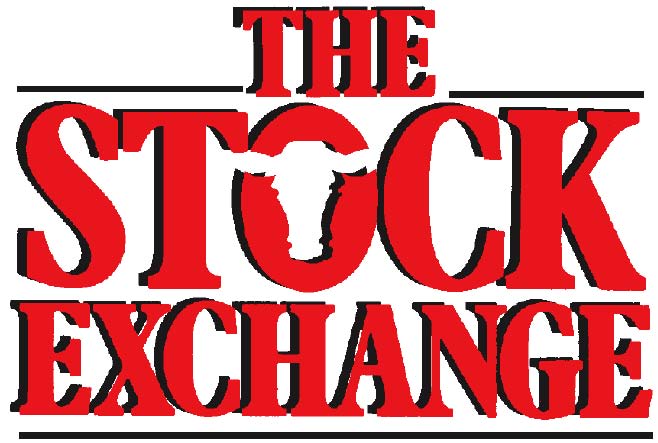Spring Forage; Looking Beyond Cereal Rye
Jason Hartschuh, OSU Extension Crawford Country, AgNR Educator Winter wheat, barley, triticale, and cereal rye planted in the fall can produce high quality forage in the spring when harvest is in the boot stage. These forages are not equal though in there speed of maturity or quality in the soft dough growth stage. Rye grows and matures faster than the other cereals making it the ideal choice for double cropping with corn silage…
